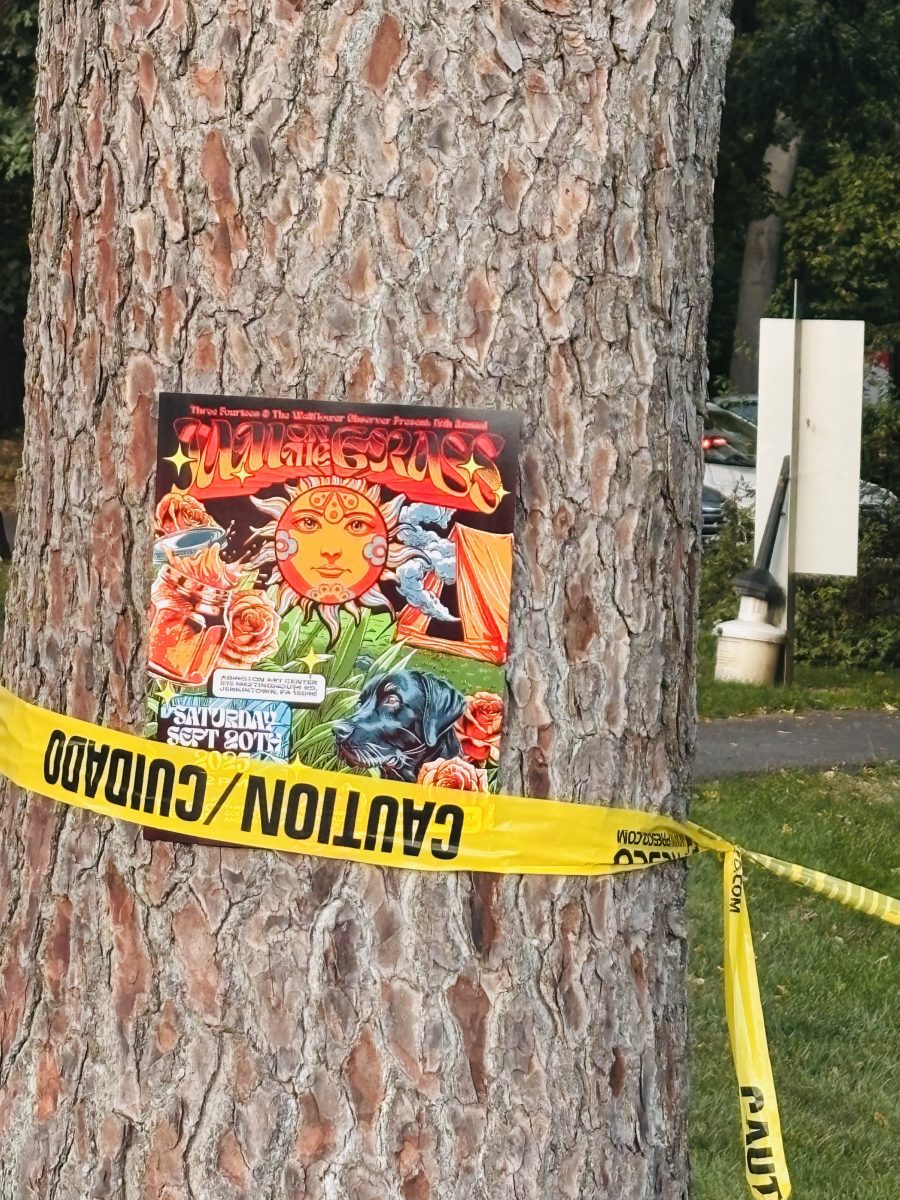by Jane Roser
Formed in the Boston area in 1989, alt-rock trio Morphine fused blues, jazz and rock together to create a unique sound that never quite went mainstream, but became very popular amongst indie-rock devotees. Fronted by vocalist Mark Sandman, who famously performed using a two string bass and crooned his original songs as if he was Leonard Cohen’s melancholic stepchild, Morphine released five highly acclaimed albums before Sandman died of a massive heart attack while performing onstage in Italy in 1999.
With Dana Colley (on saxophone) and Jerome Deupree (on drums), Morphine’s second record Cure for Pain was released in 1993 on Rykodisc and went on to place eighth on the Alternative Nation site’s “Top 10 Underrated ’90s Alternative Rock Albums” list. All 13 tracks were written by Sandman. Paul Q. Kolderie (Pixies, Radiohead, Throwing Muses) produced the seductively sinister album which gained popularity after “Sheila” and “In Spite of Me” were featured on one the most fucked up movies of the ’90s, Spanking The Monkey. It’s a film that is a testament to just how far movies can push the limits and still be praised by the New York Times as “an unexpected crowd pleaser.”
Cure for Pain is a record that delves into themes of despair, anger, pain and lust; seducing the listener with lyrics such as: “Where is the ritual and tell me where, where is the taste? Where is the sacrifice and tell me where, where is the faith?”
Sandman is a tragic poet in the same vein as Shelley or Rimbaud were. Within the span of 37.16 minutes (the length of the album), he manages to rip out your heart and squeeze the lifeblood out of it, then delicately puts in back in one piece before starting all over again. It’s gloriously mesmerizing and slightly masochistic.
I saw Morphine live at The Black Cat in DC shortly before Mark Sandman passed away. After the show, I unexpectedly ran into him at the bar and asked if he would sign my CD. He seemed distracted and slightly moody, but kindly indulged me. The words he wrote would later become a haunting harbinger to his early, tragic final bow:
“Mark Sandman was here.”
He was indeed here, and he left an indelible mark and incredible legacy which won’t soon be forgotten.








